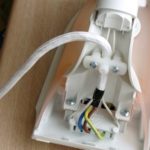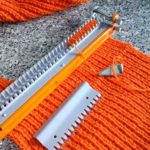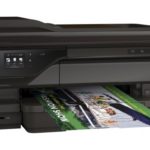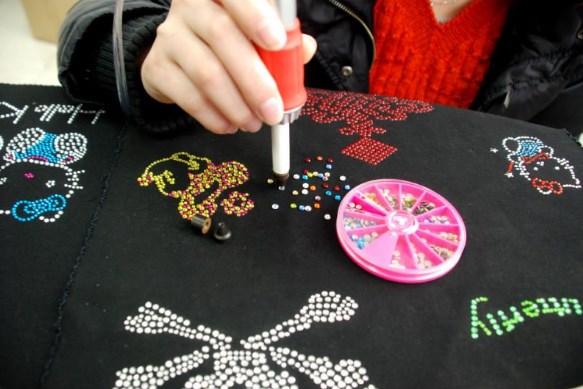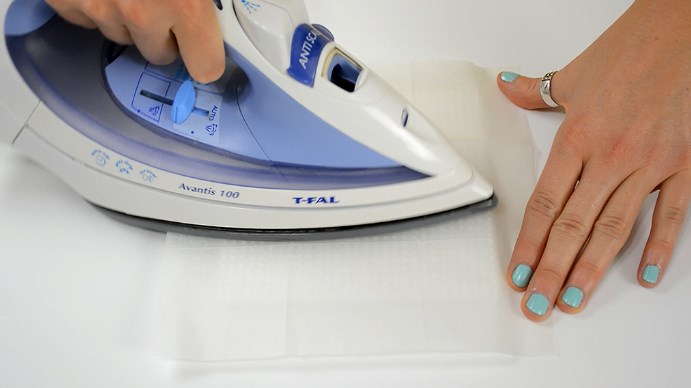To what temperature does the iron heat up?
Most modern electric irons with a thermostat have three operating modes, each of which is designed for a specific type of fabric. The temperature parameters are divided as follows:
- for nylon and silk: minimum – 75 °C, maximum – 115 °C, nominal – 95 °C;
- for wool: minimum – 105 °C, maximum – 155 °C, nominal – 130 °C;
- for cotton and linen: minimum – 145 °C, maximum – 205 °C, nominal – 175 °C.
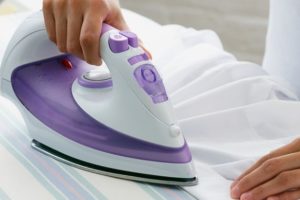 The minimum temperature mode is indicated by one dot on the thermostat, the average mode by two dots, and the high temperature mode by three.
The minimum temperature mode is indicated by one dot on the thermostat, the average mode by two dots, and the high temperature mode by three.
Reference: In order not to make a mistake with the choice of temperature, you need to pay attention to the product label, which indicates the maximum permissible value.
The content of the article
Heating and cooling times for irons with different types of soles
To make a working surface (soles) various materials are used: steel, aluminum, ceramics, cermets, cast iron.
An aluminum sole requires a minimum of time to achieve the required parameter; devices with a surface made of steel and cast iron heat up quite quickly; ceramics and cermets gain degrees more slowly, and their cooling time is the longest.
Some brands produce irons with titanium soles; they heat up slowly, but the strength characteristics and excellent gliding of titanium determine the high price of such products.
Important: when choosing a product from a particular material, it is necessary to take into account not only the heating time, but also the uniformity of temperature distribution over the surface; the smaller the difference, the easier the smoothing process.
Iron heating speed
 The speed at which the surface heats up depends not only on the selected mode, the material of the sole, but also on the power of the electrical appliance, as well as on the presence or absence of a steam generation system, and if there is one, then on its performance.
The speed at which the surface heats up depends not only on the selected mode, the material of the sole, but also on the power of the electrical appliance, as well as on the presence or absence of a steam generation system, and if there is one, then on its performance.
The average heating speed of a modern iron is from 3 to 8 minutes. Powerful devices from 2.5 kW have the highest heating rates; such devices are intended for professional ironing. For a small family, a device with a power of 1.5 kW to 2 kW with a lower heating rate is suitable, and the slowest are road options with a power of 0.8 kW to 1.3 kW.
Attention: The power of the device connected to the network must correspond to the state of the network and its capabilities. If the network capabilities and the power of the electrical device do not match, the connection is unacceptable!
Conclusion
The heating rate and temperature of modern irons depend on many factors; the optimal choice is determined by the purpose and expected intensity of use.

